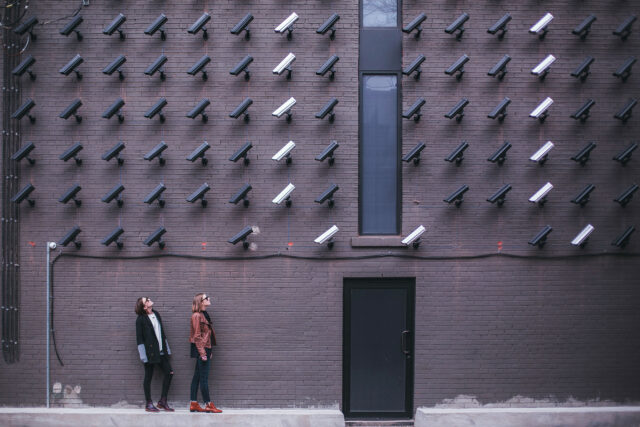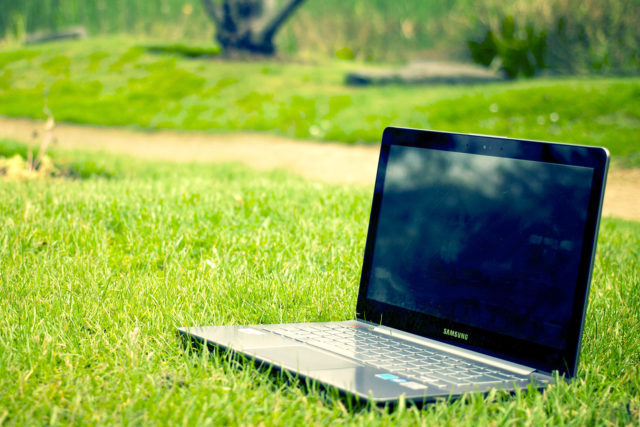You need to remote to your work computer and access your files, but… your computer is offline. Now you have to drive into the office to turn it on. How can you best configure your computer for remote access and remote desktop?
Ensure availability, achieve faster performance and get better security by following these tech tips.
We’ll focus on programs like Chrome Remote Desktop, RemotePC and TeamViewer. But the tips here can apply to all remote access and remote desktop scenarios.
Make sure your computer is set for always-on
For remote access, you need your computer to be on all the time. Disable your system sleep mode and/or hibernate mode.
In Windows, open Control Panel > Power Options. Then under your selected power plan, set sleep to “never”. Then click “change advanced power settings”, disable hybrid sleep and set hibernate to “never”.
Check your BIOS power-recovery
If the case of a power outage, you want your computer to restart immediately as soon as electricity is restored. All computers and systems will handle this differently, so check information for your particular model.
In a nutshell, you’ll follow these steps:
Reboot your system and go into BIOS configuration. Hold F2 or Delete when the first screen appears. (key combination might differ depending on your system) Then find the Power Configuration section. The options will tell your computer what to do in case of a power failure.
Caution! Don’t try changing your BIOS settings unless you know what you’re doing. Get some tech support if you are unsure.
Set a screen timeout and password to resume
When accessing your computer remotely, security should be at the forefront. After all, you don’t want someone to be able to access your desktop when you’re not there.
In case your connection is interrupted, you should set a screen saver with password.
Microsoft keeps moving settings around in every version… But in Windows 10, here is the easiest way to find the right setting. Open the Settings app, then type “screen saver” in the search field. Set a screen saver for ten minutes, then select the box “on resume, display logon screen”.
Disable all animations
Animations may be important for user experience. But during remote connections, animations make the desktop less responsive. Some remote desktop software, like TeamViewer, will disable animations automatically.
To disable animations on Windows, go to Control Panel > System > “Advanced system settings”, then Performance. Disable the animation checkboxes, such as fade, slide, shadows and peaking.
Remove visual distractions like transparency, desktop wallpaper and themes
In addition to animations, the usual flair that we enjoy with modern operating systems (like transparency effects, desktop wallpaper, visual themes) will slow you down during remote desktop sessions.
To enjoy the fastest connection possible, remove desktop wallpaper. Set your desktop to a solid color instead.
Also disable transparency and themes in Control Panel > System > “Advanced system settings”.
View only one monitor at a time
Having multiple monitors is awesome for normal productivity. But during a remote session, you want to view one at a time.
Use your remote desktop software to select the primary monitor. You can also move programs back and forth between monitors with keyboard shortcuts (Windows key + arrows left or right).
Lock your screen when you’re done
Some remote desktop software will automatically lock your screen if you disconnect. But for best practice, make sure no one else can access your screen when you’re done working.
To lock your session, click the Start Button, click your username, then “Lock”. Or hit the shortcut key: Windows key + L. Then it will be safe to disconnect your session.
Conclusion
Remote access may be the future of work. So configure your computers for remote access and remote desktop. Set your computer to be always-on. Set proper security options. Remove animations and visual distractions that might slow down your connection.
If you run a small business network, you might be able to configure your desktop computers for remote access all at once (known as Group Policy). A qualified network/server administrator will be able to help you out.
Is there anything we missed? Send us a comment below.







